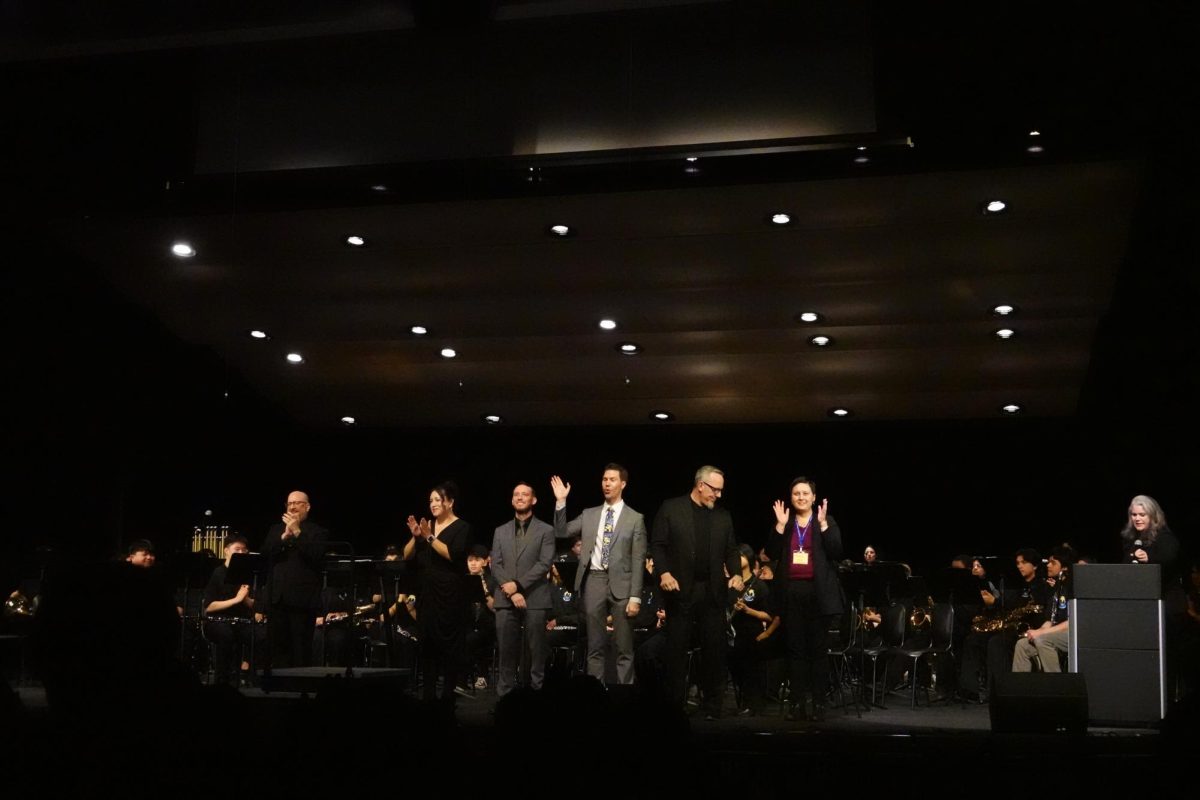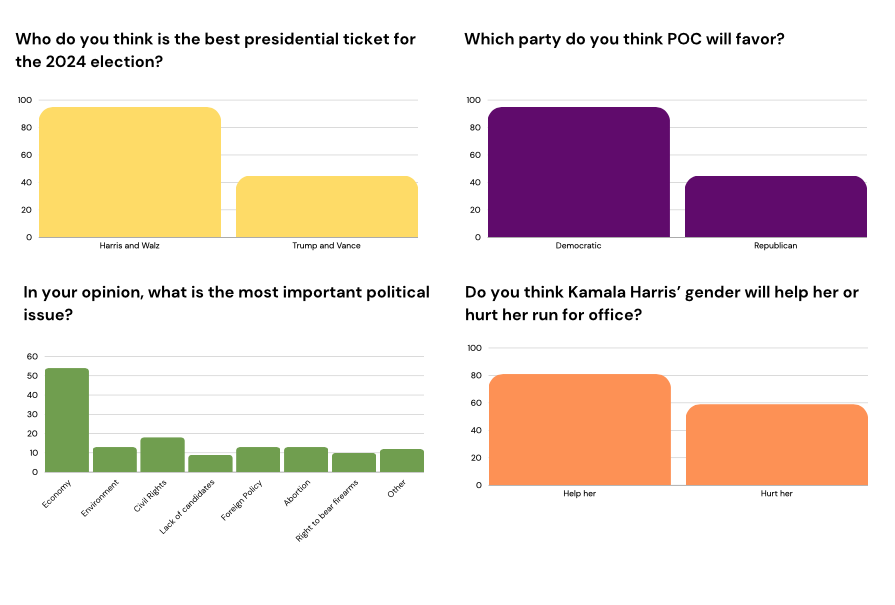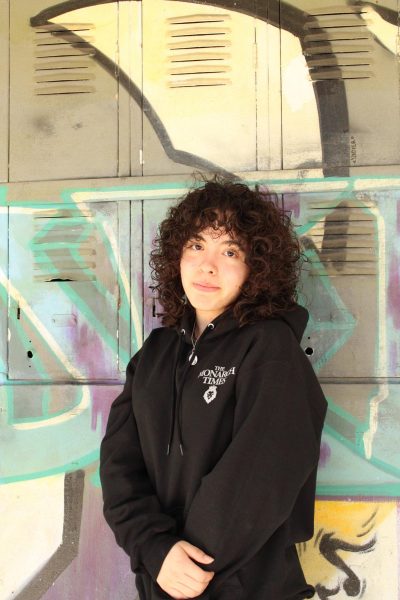The Hayward Unified School District is facing a budget-induced shortfall which continues to significantly increase, as a shortfall of $31 million in October of 2024 became $55 million in December of 2024.
Consequently, the loss of this incoming money means HUSD must reduce their spending for the 2025-26 school year and moving forward.
Following the COVID-19 pandemic in 2020 and the temporary closure of schools worldwide, HUSD received federal funding, roughly $24 million per year, to ensure schools had stability to give students a good experience returning from the pandemic. These pandemic relief funds expired on September 30, 2024; the district has allocated and spent $87 million of those funds.
“Reductions are primarily focused away from classrooms, students, and schools,” said Superintendent Jason Reimann. “We have to not only make sure that your short term needs are met, but we also need to make sure that the district is in a strong financial position for years to come.”
HUSD has also been facing a long-term decline in enrollment, which has become a significant challenge in the budgeting process as declining enrollment means reduced funding for the district. The number of students has decreased from 20,771 enrolled students in the 2016-17 school year to a projected 16,608 for the 2027-28 school year; the district recognized this declining enrollment shortfall from pandemic relief funding during the 2021-22 school year.
Assistant Superintendent Business Services Amy Nichols said that when preparing a multi-year budget plan for the district, “the most difficult thing is using good analysis to project how many students we will be serving.”
Nichols said multiple factors are taken into consideration: the rate at which children are born in Hayward, average daily attendance count, attendance patterns, the rate and percentages at which students come to school, and even natural disasters or things one cannot plan or predict.
Despite the current decline in enrollment, the district recognized, specifically in the 2023-24 school year, that there has been a 15% increase in staffing compared to 8% enrollment reduction.
Whilst drafting a multi-year budget solution, it is important to ensure that funding is distributed equitably across the districts various schools and programs. Reimann emphasizes the need to make sure they look at students’ specific needs, including marginalized groups, those struggling economically, and English learners.
“We must make sure that students have resources available, that they feel safe in school,” said Reimann. “The Bay Area is very diverse and making sure we support kids from all backgrounds is important. We must not deny the existence of anyone.”
When deciding what can be cut from the budget, “It is essential that nothing related to academic programming is cut,” said Mina Mangewala, the Visual and Performing Arts Teacher on Special Assignment. “Kids need to be successful.”
Mangewala continues, illustrating how funding is also often allocated based on the specific needs of individual schools. For example, she said Mt. Eden High School has received a larger amount from Proposition 28, solely based on the population of the entire school; other schools in the district like Eden Gardens Elementary School or Tennyson High School, with a smaller student population, would get less money.
Proposition 28 was set to begin in the 2023-24 school year and required the state of California to establish new, ongoing art programs in schools.
Other external factors—such as securing external funding—become a critical component when drafting budget solutions for upcoming school years. Additionally, as a way of allowing parents, teachers, and the Hayward community opportunities to be involved in the budget process, HUSD regularly holds town hall meetings and sends out surveys to gather input. One can also find information on budget solutions, with statistics, at husd.us/budgetsolutions.






















